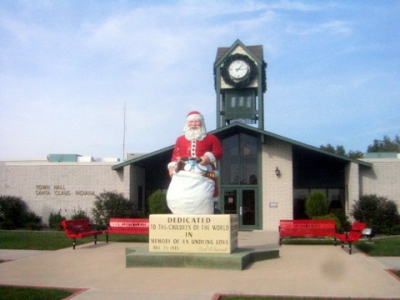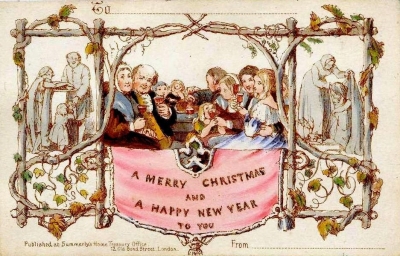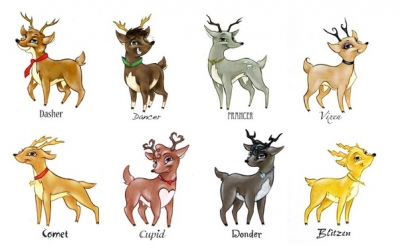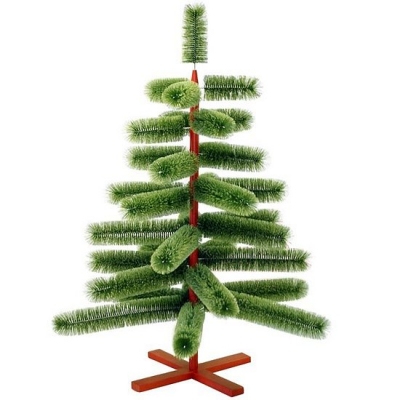What is the meaning of name rhinoceros?
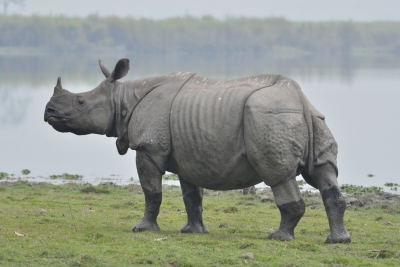
The literal translation of rhinoceros is ‘nose-horned’. It comes from the Greek word 'rhinokeros' from ‘rhinos’ meaning ‘nose’ and 'keras' meaning 'horn of an animal’.
Rhinoceros are killed by some poachers for their horns, which are bought and sold on the black market, and used by some cultures for ornaments or traditional medicine. East Asia, specifically Vietnam, is the largest market for rhino horns. By weight, rhino horns cost as much as gold on the black market. Some cultures believe the horns to have therapeutic properties and they are ground up and the dust consumed. The horns are made of keratin, the same type of protein that makes up hair and fingernails. Both African species and the Sumatran rhinoceros have two horns, while the Indian and Javan rhinoceros have a single horn. The IUCN Red List identifies the black, Javan, and Sumatran rhinoceros as critically endangered.
The family Rhinocerotidae consists of only four extant genera: Ceratotherium (white rhinoceros), Diceros (black rhinoceros), Dicerorhinus (Sumatran rhinoceros), and Rhinoceros (Indian and Javan rhinoceros). The living species fall into three categories. The two African species, the white rhinoceros and the black rhinoceros, belong to the tribe Dicerotini, which originated in the middle Miocene, about 14.2 million years ago. The species diverged during the early Pliocene (about 5 million years ago). The main difference between black and white rhinos is the shape of their mouths – white rhinos have broad flat lips for grazing, whereas black rhinos have long pointed lips for eating foliage. There are two living Rhinocerotini species, the Indian rhinoceros and the Javan rhinoceros, which diverged from one another about 10 million years ago. The Sumatran rhinoceros is the only surviving representative of the most primitive group, the Dicerorhinini, which emerged in the Miocene (about 20 million years ago).
Picture Credit : Google
